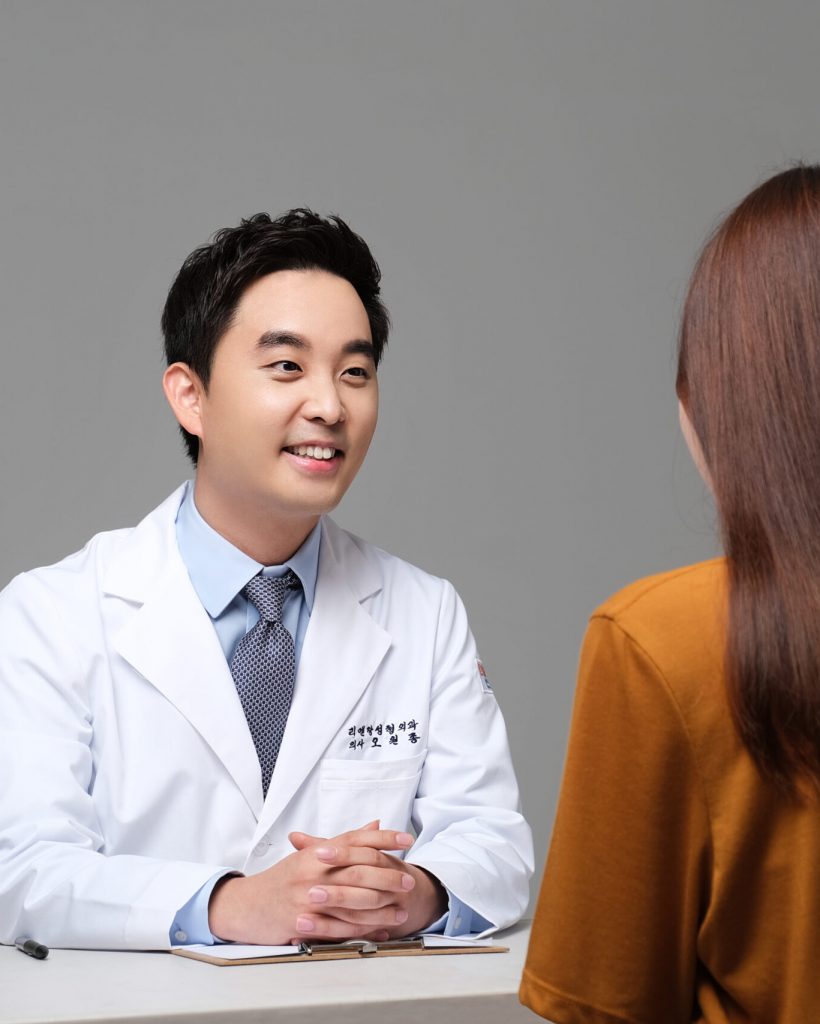LIENJANG offers injectables such as anti-aging treatments and dermal facial fillers that can be used separately or together to minimize the appearance of fine lines, and wrinkles to improve facial volume. In addition to anti-aging, LIENJANG also offers skin rejuvenation boosters and fat dissolving injections!

We often have patients ask us about differences between Botox and dermal fillers, as well as what can be expected from each procedure. We’ve listed the most frequently asked questions below to help you decide which treatment is right for you.
Though both treatments work to smooth wrinkles and lines, Botox and dermal fillers go about their jobs differently. Dermal fillers, which are made of a hyaluronic acid gel, are used to plump wrinkles, folds, and facial features that have lost volume due to aging. Botox, on the other hand, involves injecting purified botulinum toxin into facial muscles to prevent them from being able to contract. When a muscle can’t contract, it can’t pull on the overlying skin and cause wrinkles. Botox helps wrinkles to relax and soften.
No. Though all dermal fillers are injected into wrinkles, folds, and facial features to replace lost volume, they have different ingredients that make them suitable for different parts of the face. For example, Juvéderm is specifically designed to add volume to the cheek area. Restalyne, on the other hand, is best for adding shape to the lips and lifting wrinkles around the mouth and nasolabial folds. When you come in to see us at LIENJANG, your doctor will recommend the best dermal filler for your needs.
Botox has zero downtime and patients can resume their normal activities immediately following treatment. Depending on the area treated, dermal fillers may cause some mild bruising or swelling. These symptoms typically resolve in a week or less.
With Botox, most patients start to notice a difference in their appearance within 3 ~ 7 days with results lasting up to four months. With dermal fillers, the results are immediate and long lasting. Some fillers provide results that continue to improve over time. Depending on the type of filler you receive, the effects can last anywhere from six months to five years.
